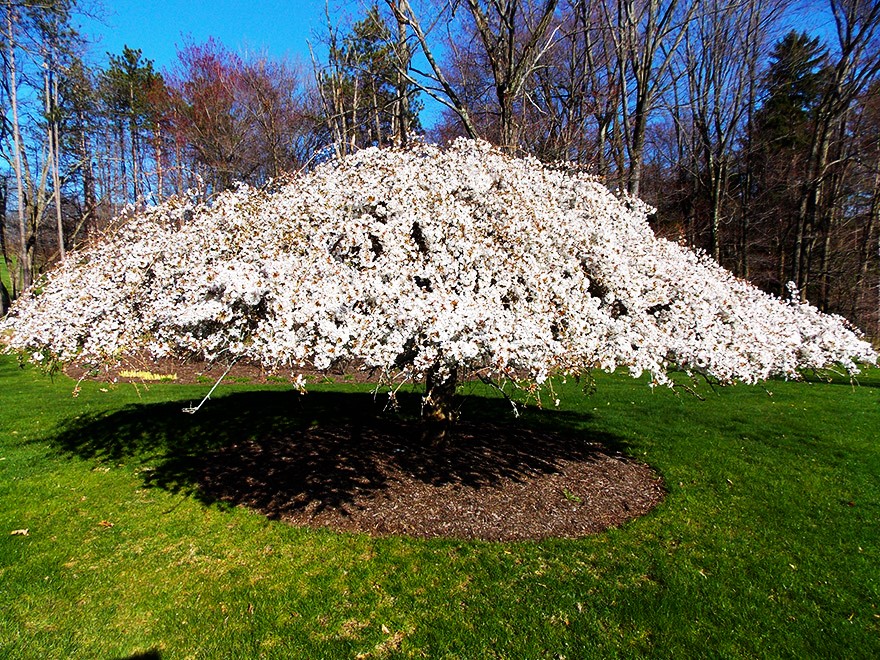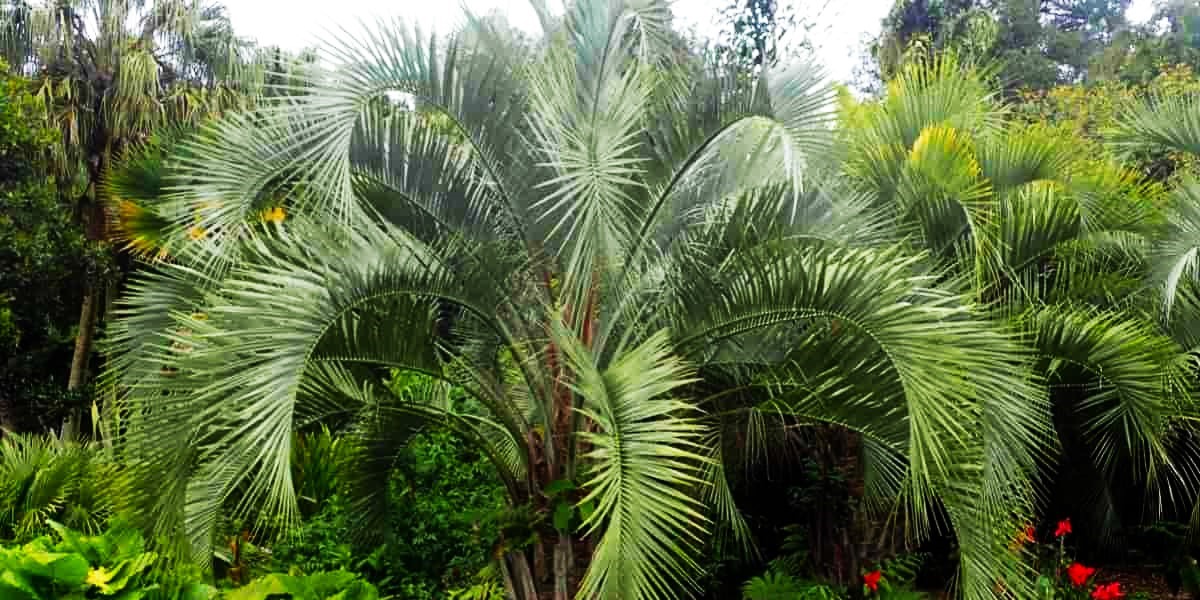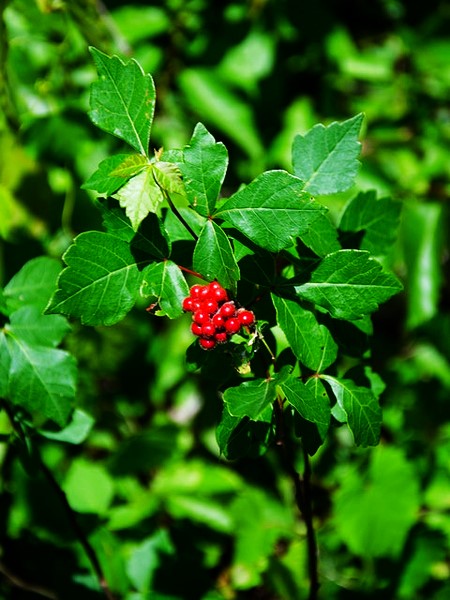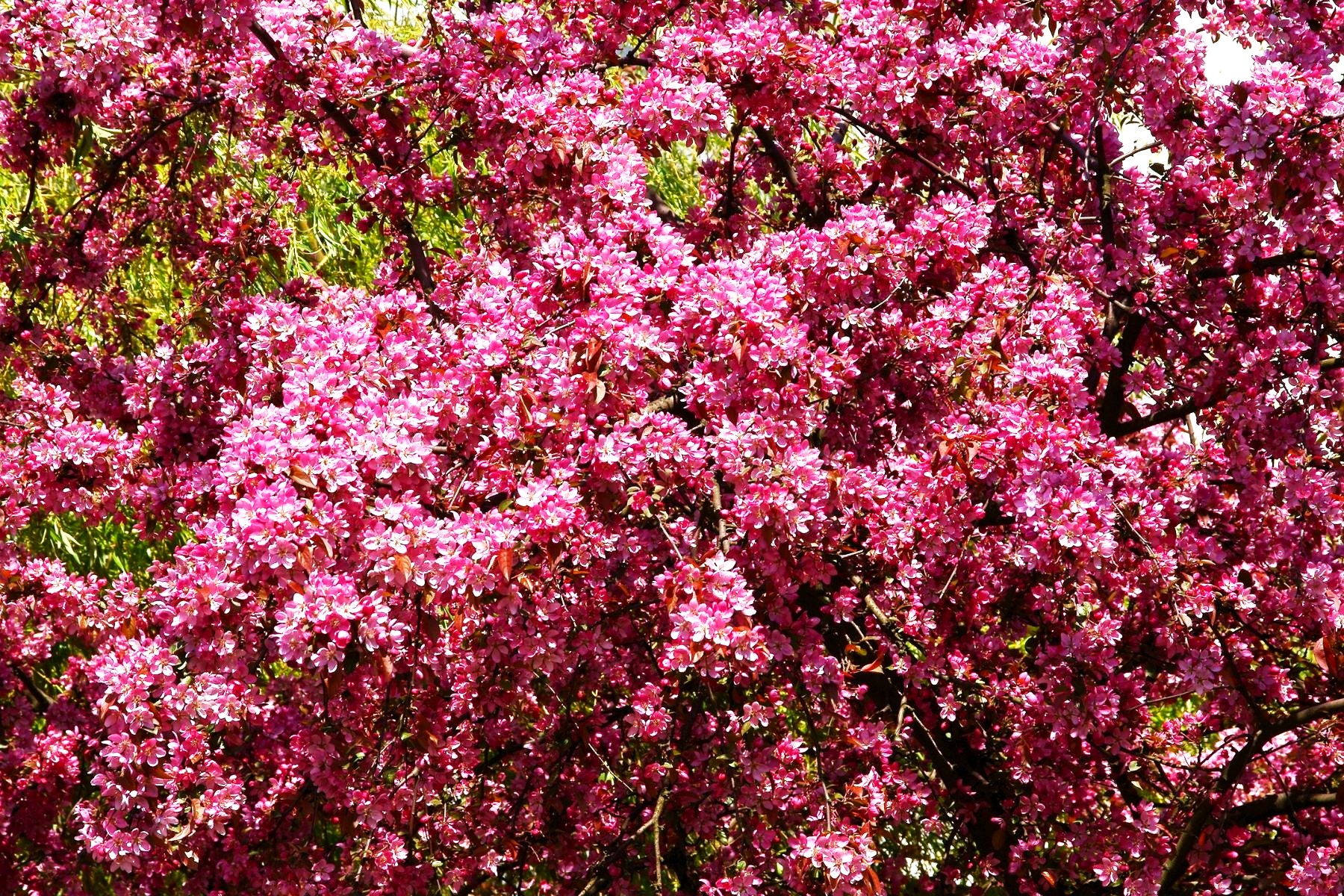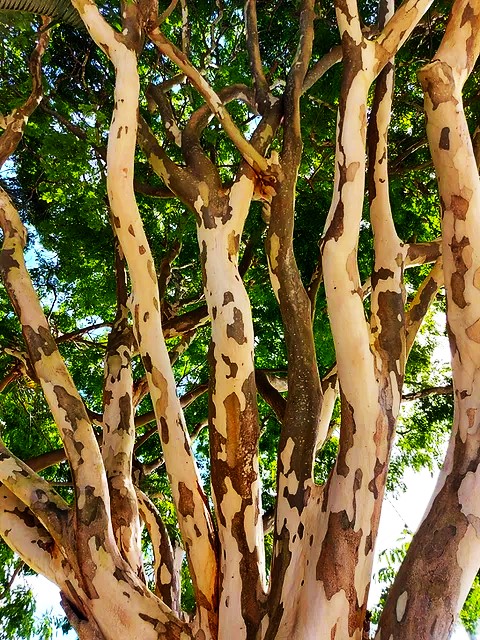What Are Common Tree Care Mistakes That Kill Trees?
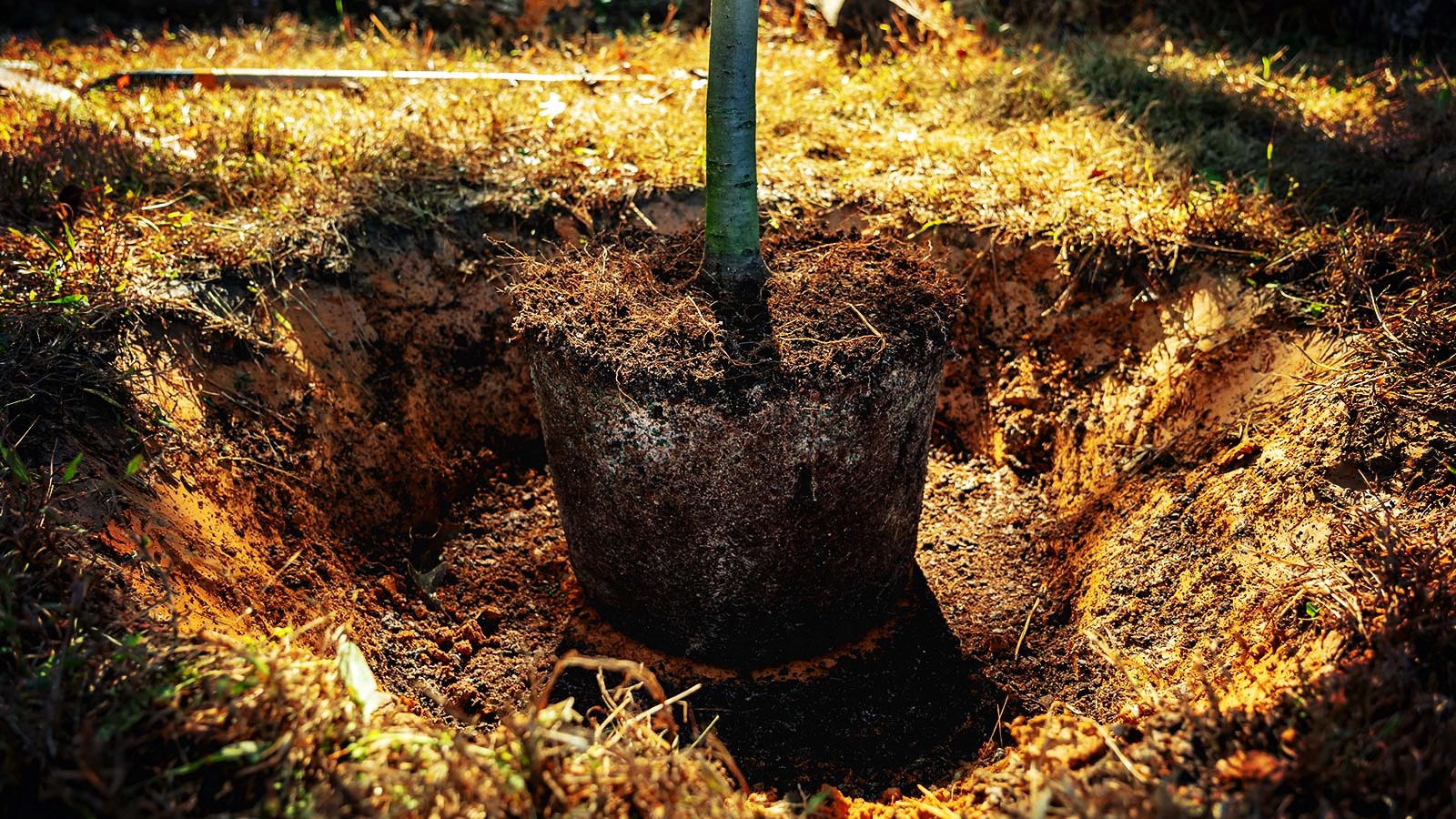
As they care for their prized oaks and maples, homeowners are the furthest thing from thinking about taking down a tree. However, even with the best of intentions, mishandled tree pruning can be fatal to a tree—and we’re not just talking about topping them. Inadequate tree care techniques, such as selecting the incorrect species for a site, mulching trees incorrectly, and using inadequate irrigation and fertilization methods, can cause stress on trees and ultimately result in their death.
Are you seriously mishandling your trees? Continue reading for a list of seven tree care procedures that could eventually lead to major tree issues.
Unsuitable Species Selection
Choosing the appropriate tree for the location is crucial. Take into account the ideal soil type, exposure, and mature height and width of any trees you plan to plant. Choose species and varieties that are appropriate for your region, choosing those that are resistant to common pests like insects and diseases.
Unsuitable Planting Methods
It’s not always better to dig a bigger planting hole. A planting hole must be no deeper than the root ball, but it must be several times wider than the root ball. If the soil is heavily clayey or sand-filled, amend it first, and ensure that the topmost layer of primary lateral roots is at or close to the soil’s surface.
Limiting the Growth of Root Balls or Trunks
A tree needs to grow both in its trunk and its roots. Certain plants are sold with wire tags around the trunk, burlap around the root ball, or both. Before planting, these limitations must be lifted. In the event that you forget, the tag may stifle the trunk growth and the root ball will not be able to support a growing tree.
Making Wrong Stakes
Is it better to stake or not? That is the query. Although some experts advise against it, there are good reasons to use this planting technique if the site is not protected in high wind areas. However, don’t attempt to completely stop the trunk or foliage from moving. Instead, the objective is to stop the root ball from causing damage to newly planted roots by rocking back and forth in the wind. After a year, all staking materials ought to be taken down.
Too Much or Not Enough Water
The risk of insufficient water for trees during these dry spells is widely recognized. Water requirements vary amongst trees and must be satisfied for the tree to grow and prosper. It is better to occasionally water deeply than to frequently water superficially. By suffocating the roots, too much water can kill a tree more quickly than too little. Excessive watering causes more new tree deaths than insufficient watering, especially in heavy clay soils.
Overabundance of Mulch
Trees benefit from a layer of mulch because it keeps the soil moist, inhibits weed growth, and shields tree roots from harsh weather. In actuality, mulching is frequently required. On the other hand, overmulching can retain too much water near the roots. In the vicinity of the trunk, the mulch layer should not be any deeper than one inch (2.5 cm), but it can be as deep as four inches (10 cm) outside.
Overtop Trees
Removing the top of a tree that is deemed “too tall” appears to be an easy way to address the height issue. This is one of the worst tree-trimming errors you can make and a very simple way to accidentally take down a tree. Trees are not meant to be topped at all. This procedure reduces the lifespan of the tree by killing branches and producing an ugly specimen. When choosing a tree, be careful not to plant tall trees near the property or beneath awnings or utility lines.

